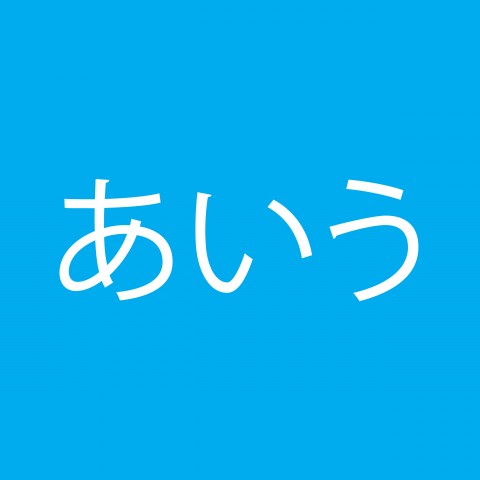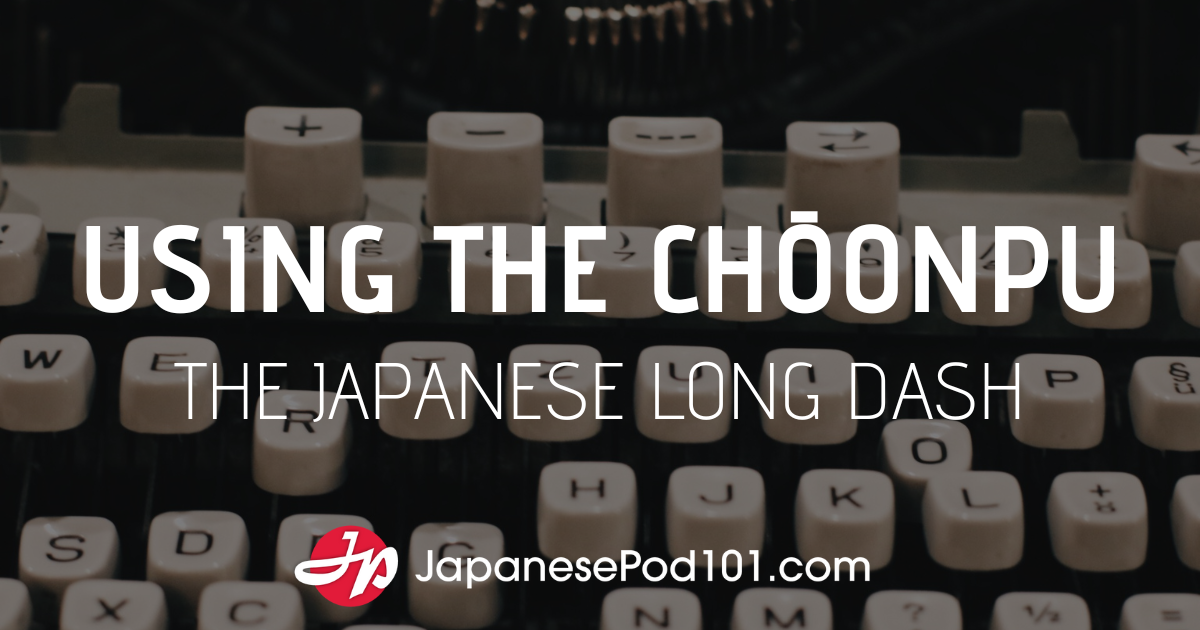Hello JapanesePod101.com Community! My name is Ben Jensen, and I’m interning here at the JapanesePod101.com offices in Tokyo. Emily is a pretty busy person, so I get to make a blog appearance today.
About two weeks ago, my girlfriend’s grandmother Mama-chan, who lives here in Tokyo, offered me a ticket to go see Noh. I’ve studied a little about Japanese culture, and I had always heard that Noh is hard to understand—even for Japanese people—and that there is very little action and very few props. Apparently it’s pretty common for audience members to fall asleep. In any case, I thought it would be worth seeing at least once, and it would be a rare opportunity, so I graciously accepted the offer.
Hosho Nogakudo viewed from the outside.
So last Friday, I left work just before 5:00pm and rode the Tokyo Metro to Suidobashi Station. From the station, it was a quick walk to the theater, 宝生能楽堂 (Hosho Nogakudo). The doors opened at 5:30, I went in, and found my seat right away. I asked a lady nearby if she knew whether or not pictures were OK. Side note: when you ask a Japanese person a question, if they don’t know the answer, they’ll likely go find an answer for you. So, I unintentionally sent her on an errand to find out if pictures are allowed during Noh. The answer? No. I was a little disappointed, but I was permitted to take pictures of the stage prior to the performance.
This is the stage where the magic happens. My seat was in the third row of the section on the left.
The stage is entirely made of wood. The walkway on the left is the entrance for the actors and musicians. There’s also a small auxiliary door at the back right-hand of the stage, which is mostly used by stage hands. The musicians (drums and flute) sit center-stage towards the back. The chorus members sit on the far right. Perhaps the most interesting thing about the stage is that it served as a musical instrument as well. Even light steps cause resounding echoes from the wooden stage, but the well trained actors glided across the floor silently, though when the occasion called for it, they stomped in sync with the other musicians.
I saw three back-to-back performances (a typical setup): 高野物狂 (Koyamonogurui) a Noh, 蝸牛 (Kagyu) a Kyogen, and 葵上 (Aoinoue) a Noh. I was surprised to learn that not all Noh plays call for masks—能面 (nomen). In “Koyamonogurui” none of the characters had masks. This was because all of the characters were human, male, and played by actors of appropriate age. Females, deities, spirits, and young boys (when there are no young actors) are the roles that typically call for masks. “Aoinoue” made use of three masks: the face of a female shaman, the face of a spirit, and the face of a demon.
Of the three performances, I enjoyed the Kyogen the best. Kyogen is a type of comedy sketch that developed alongside Noh. My knowledge of classical Japanese is very limited, but Kyogen is much easier to understand than Noh, despite the fact that they both use very old language. I had assumed cryptic Japanese folk tale humor would go over my head, but to my surprise, I had a good laugh. And fortunately, the programs contain plot summaries, so I could follow most of the story elements even though the language lost me.
Noh was great. Mama-chan was glad to hear that I enjoyed it. I’d like go again when I have the money for my own ticket. True, I nodded off a couple times, but so did everyone else sitting near me. So if you see a Noh performance, don’t feel bad if you fall asleep at a few points, because as far as I can tell, that too is a part of a great experience. Go see Noh! Just remember, no pictures!









